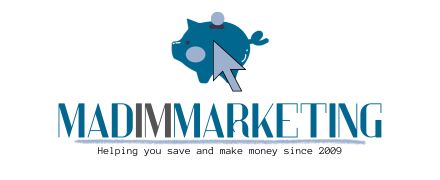Permission email marketing has been the default style of many savvy online marketers for close to a decade now. But there are still some proponents who feel there is little to be gained from permission marketing. These are typically experts at non-Web marketing channels like print, TV and radio, medial channels that are traditionally not attuned to seeking permission from prospects.
However email marketing is significantly different from other alternatives. For one, email is more personal than print (newspaper, magazine) or audiovisual (radio, TV) messaging ever can be. And while non-email marketers cite their modest results with non permission email marketing, it is clear that when the numbers are compared against each other, a strong case begins to emerge for seeking permission before signing up a subscriber.
What Makes Permission Marketing Attractive?
There are 3 features in permission email marketing that makes it an appealing choice for marketers on a shoe-string budget.
- First, the response rates from well targeted email marketing sent to a good quality mailing list can run to 10x to 25x what you might expect from an untargeted email blast.
- Second, when subscribers look forward to your email (because they requested it), they are more likely to consume your message – and less likely to igonre it, or worse, report it as spam.
- Third, permission email marketing ensures better trust and strengthens brand loyalty or affinity between clients of a business.
For all these reasons (and more) seeking explicit permission prior to beginning your email based relationship with subscribers can enhance the impact of your email marketing.
What Exactly Does Permission Email Marketing Mean?
Permission, essentially, is the user’s consent to get emails from you and your business. It can be expressed or implied. Expressed permission is clear and unambiguous. A new subscriber will have to indicate willingness to receive your email, and even check a box or fill in a form field to indicate this.
Implied permission, on the other hand, is a more subtle form of seeking user consent – but in reality, without them proactively indicating such an interest. There are many ways to tap into implied permission such as pre-selected boxes leading to a new opt-in list.
Best practices for permission email marketing strongly favor the use of only explicitly granted permission. Not a pre-selected check box or a radio button that indicates compliance with an end-user agreement statement which bundles together the offer of a free email newsletter.
While the former approach is called ‘opt in’ subscription, the latter goes by the name ‘opt out’ – a fancy name for what is essentially implied permission. By going the opt-out route, you may grow your list at a faster rate than through other alternatives. But the 2003 U.S. law that regulates email marketing (CAN SPAM law) places certain restrictions upon this practice.
Now, even if you follow those regulations to the letter, you will barely be in compliance with legal requirements. This is a far cry from following best practices of permission email marketing. That takes a form of opt-in process called “double opt-in”.
What Is Double Opt-In Email Marketing & Why Does It Work?
In a double opt-in list building process, not only does the prospective subscriber indicate an interest in signing up to an email list, s/he has to further confirm that intent by taking a second step and opting in another time.
Single opt in list building processes are usually more effective in adding new subscribers. The problem begins when you start emailing them and trying to establish a relationship. Repeatedly studies have shown that permission email marketing using the double opt-in route has click rates of 10% or higher (in contrast to barely 0.5% to 1.5% with single opt in lists).
While 75% of subscribers will delete unsolicited email without even reading it, only 2% of opt-in subscribers will ignore a message from the list owner. And barely 5% of recipients indicate interest in unsolicited email, whereas this figure swells massively to 61% for permission email.
Permission email marketing therefore is an effective and superlative method of email list building. When done using the double opt-in route, it can skyrocket response rates and boost profits. This is why permission email marketing is the most preferred (even if slow to build) marketing channel for most online businesses.
About the author:
